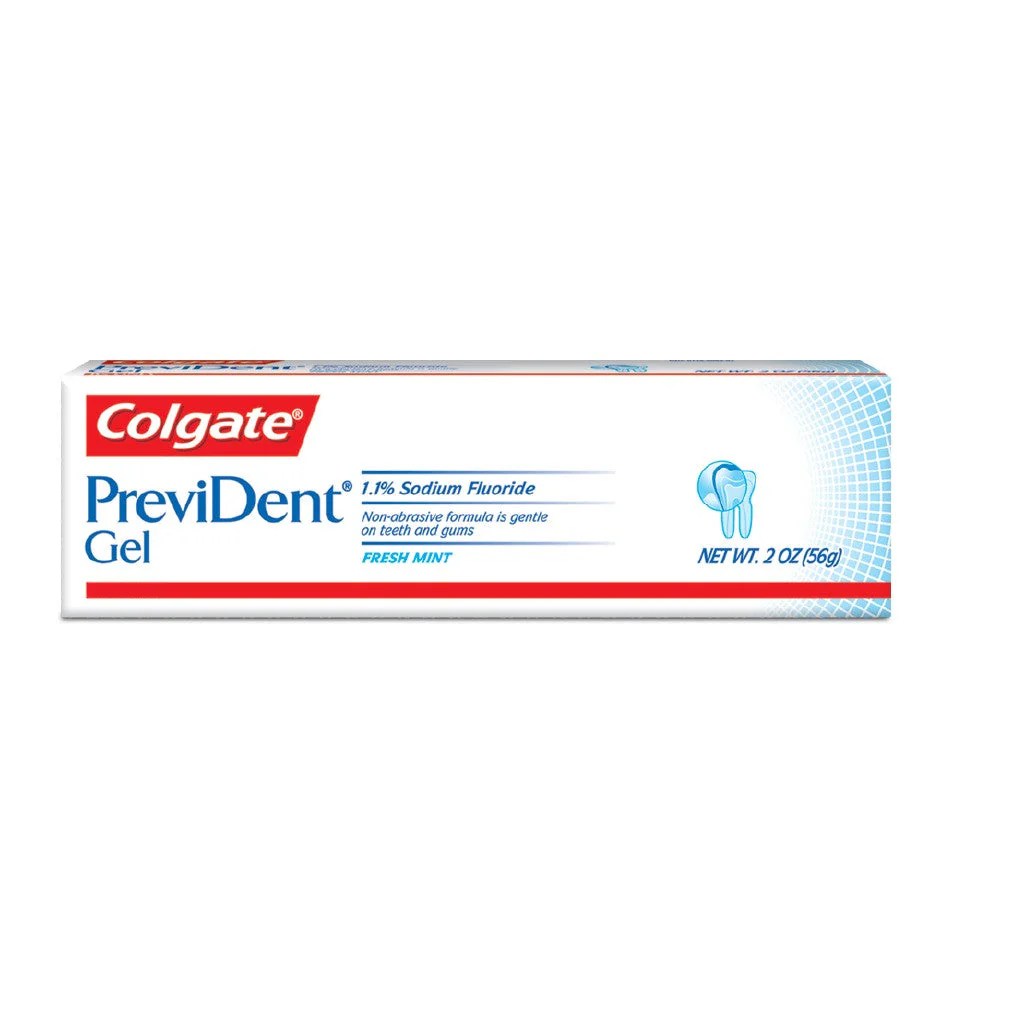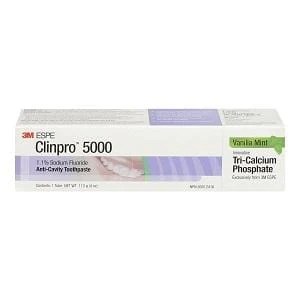Astronauts use circadian lightning to sleep better, and so can you
Last month, it was announced that European Space Agency’s astronaut Andreas Mogensen, who is living in the International Space Station (ISS), would be testing Danish startup SAGA Space Architects’ Circadian Light Panel, a new lighting system specially designed to improve the astronauts’ sleep patterns.
Using seven types of LED lights to cover a custom light spectrum emitted at different angles and wavelengths, the light panel will adjust the lighting in accordance with Andreas Mogensen’s sleep schedules to induce alertness or drowsiness. Unlike the previous system, this one is fully automatic.
As you may already know, sleeping in space isn’t easy. Due to lack of gravity, ISS inhabitants can’t lay down in beds but sleep in bags that are strapped to the walls of small sleeping quarters. But even if they get used to floating as they sleep, many of them suffer from insomnia because, as they orbit the Earth, they see the sunset and the sunrise every 90 minutes.
This innovative circadian lighting technology was originally developed to help astronauts sleep better while in space. The unique lighting system mimics the natural light patterns on Earth, which play a crucial role in regulating our sleep-wake cycles, also known as our circadian rhythm.
On Earth, many people experience disruptions in their sleep patterns due to a lack of exposure to natural light. Modern lifestyles often involve spending long hours indoors, away from sunlight, which can lead to sleep disorders and other health issues. Circadian lighting has been brought back to Earth to address these issues and improve the overall well-being of individuals.
One article that sheds light on the importance of natural light for our sleep patterns is “Uncovering the Connection: Exploring the Link Between Hearing Voices and Hearing Your Own Voice”. This article discusses the impact of natural light on our mental health and cognitive function. It highlights the role of light in regulating our sleep-wake cycles and how disruptions in these cycles can affect our overall well-being.
Research has shown that exposure to natural light, especially in the morning, helps synchronize our internal body clock and promotes better sleep at night. Natural light contains a specific wavelength of blue light that suppresses the production of melatonin, a hormone that regulates sleep. By being exposed to natural light during the day, our bodies receive the signal to stay awake and alert, while in the evening, the absence of natural light triggers the production of melatonin, signaling our bodies to prepare for sleep.
Integrating the insights from the referenced article, we can understand how circadian lighting technology can play a crucial role in improving sleep patterns on Earth. By replicating the natural light spectrum and adjusting the lighting according to individual sleep schedules, circadian lighting systems can help regulate our circadian rhythm and promote better sleep.
Furthermore, the article highlights the importance of incorporating natural light into our daily routines. Spending time outdoors, especially in the morning, can have a positive impact on our sleep quality and overall well-being. By understanding the connection between natural light and our sleep patterns, we can make conscious efforts to prioritize exposure to natural light and create environments that support healthy sleep habits.
In conclusion, circadian lighting technology, originally developed for astronauts in space, has found its way back to Earth to address sleep disruptions caused by a lack of exposure to natural light. By incorporating the insights from the referenced article, we can further understand the importance of natural light for our sleep patterns and overall well-being. With advancements in circadian lighting systems, we have the opportunity to optimize our sleep environments and improve our sleep quality, leading to better health and productivity.
» Comments Off on Astronauts use circadian lightning to sleep better, and so can you







